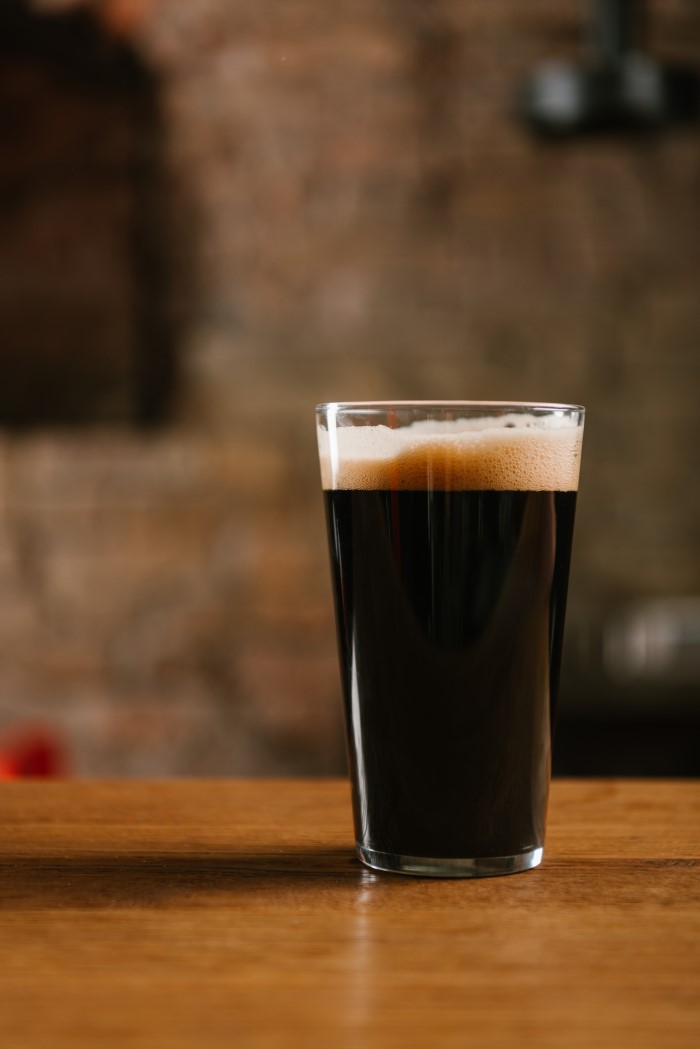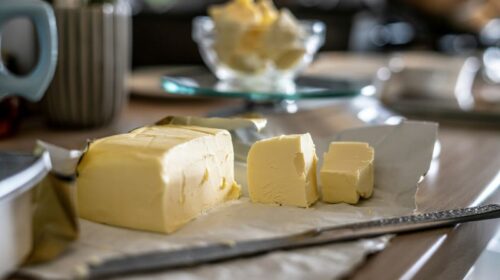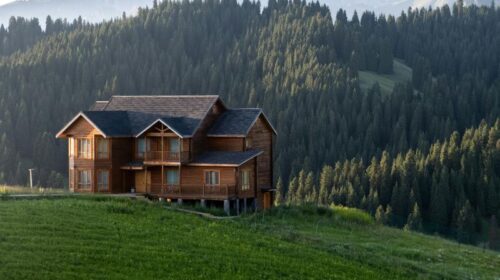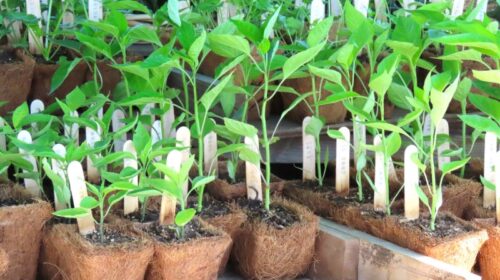A Pint of Joe: Best of All Worlds – Coffee in Beer
By Mike De Smidt and Greg Roe
One of the reasons we enjoy beer and the process of designing and brewing it are the endless possibilities. Fruit, spices, alternative grains (everything other than the traditional barley), you name it; there’s probably somebody somewhere who has experimented with putting it in a beer. One such experiment that has yielded some truly spectacular results is coffee. There are styles of beer like stouts and porters that, through the use of barley that has undergone varying degrees of extended kilning, impart coffee-like flavors. It was only natural for folks to try introducing actual coffee to accentuate the flavor profile. This edition of The Mountain Fermenter will explore how coffee is being used in the beer industry, techniques for trying it yourself, and a few examples of great coffee beers you can get your hands on to try.
The Brew in the Brew
Craft breweries began adding coffee, usually to beers already in their lineup, in order to complement existing flavors provided by the roasted grains. These beers tended to have a more robust flavor profile such as large and in charge barrel-aged stouts that can accommodate a complex and intense flavor profile without overwhelming the drinker. That said, there are commercial beers out there that are billed as “pale stouts” and “coffee lagers.” That can be a fun juxtaposition for your senses to deal with – drinking a pale beer that tastes akin to a stout or porter!
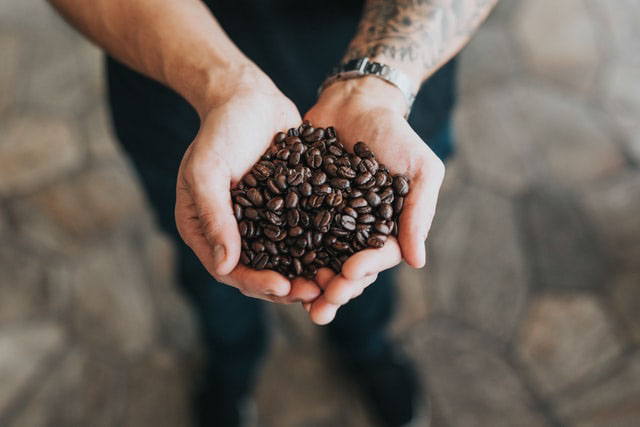
How to Brew With Coffee
This is where you have to ask the question whether to drop the coffee grounds, or pre brewed coffee into a beer, and when in the brewing process to add them. There are benefits and pitfalls to these approaches. The main consideration should always be what flavors and aromas you want and how intense they are in the finished product. A tip for adding coffee in any solid form is to place it in a sanitized cloth bag to contain the solids and to prevent any clogging of your brewing equipment. The finer the grounds, the more surface area interacting with the liquid.
Extraction is a double-edged sword. Adding coffee, especially grounds, to the hot side of the brewing process (the boil) will yield the more intense roastiness and bitterness that one may associate with drip coffee that’s been on a hot plate all morning. The result of adding the coffee during the boil is that many of those more delicate and volatile flavors and aromas are likely to be washed out and boiled off. On the flipside, using grounds or pre brewed coffee after fermentation has occurred will allow those more delicate flavors and aromas of the coffee to play a more significant role in the final beer.
Where Can You Try Some
Fortunately, for those interested, there are several readily available commercial examples of coffee beers in our area. Founders (Grand Rapids, MI) Breakfast Stout is a fabulous melange of rich flavors with a silky mouthfeel (from the oats used in the recipe); Firestone Walker of Paso Robles offers Mocha Merlin as a seasonal beer; and our own Sante Adairius Rustic Ales in Capitola offers Vanilla Joe, an absolutely delicious variation on their porter made with an infusion of another local favorite, Verve Coffee. For the truly adventurous, Pabst (of hipster-beloved blue ribbon renown) is even making a “hard coffee.”
Ben Lomond local, Mike De Smidt has been home brewing for 12 years and is a BJCP Certified Beer Judge.
Greg Roe is a Felton local who has been a home brewer for 20 years and is a selfproclaimed
Fermentation Geek.

